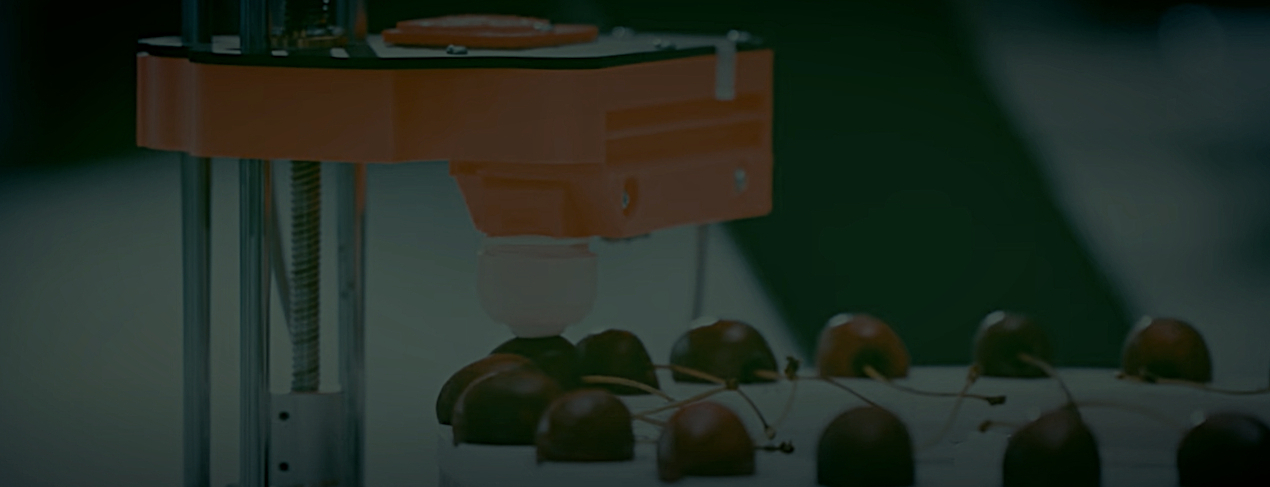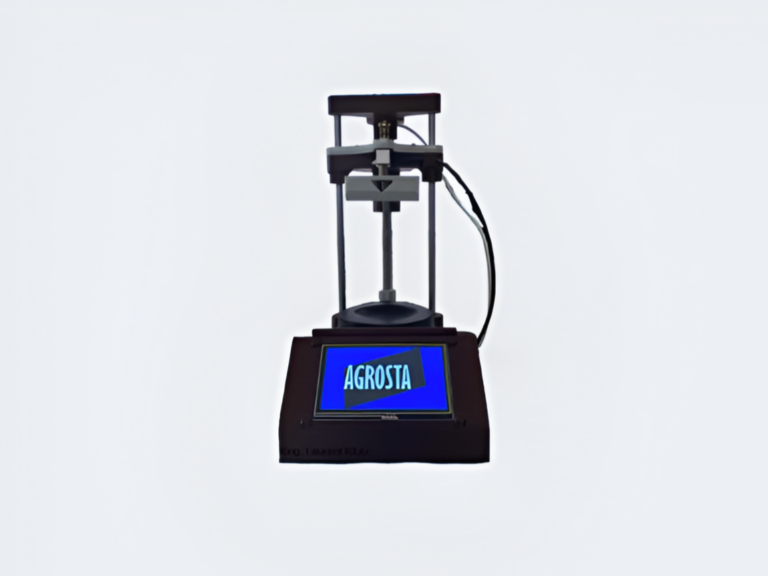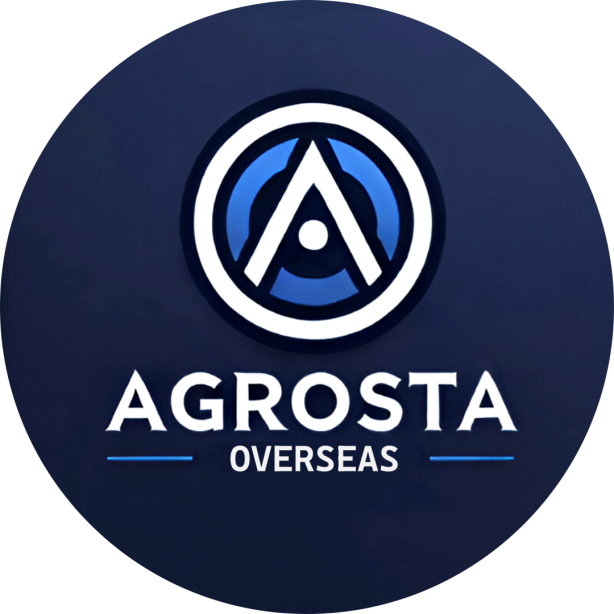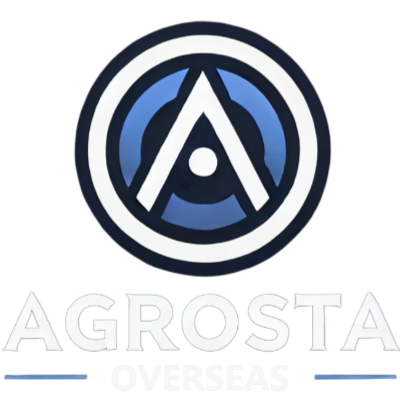
Leading the Way in Texture, Firmness, and Color Measurement

In today’s competitive industries, from food production to pharmaceuticals and materials science, the need for precise and reliable quality control has never been greater. At the heart of this process lies the Texture Analyzer—a powerful tool designed to measure and quantify the physical and textural properties of a wide range of products.
Whether you’re ensuring the perfect crispness of a biscuit, testing the resilience of a medical gel, or analyzing the firmness of fresh produce, choosing the right Texture Analyzer is critical to achieving consistent results and optimizing your processes.
But with so many models and features available, how do you know which Texture Analyzer is right for you? This guide will walk you through the key factors to consider, compare popular options, and provide insights into how investing in the right device can revolutionize your workflow and deliver measurable results.
Selecting the right Texture Analyzer is crucial for achieving accurate and consistent results in texture analysis. To make an informed decision, consider the following criteria: application needs, measurement capabilities, software complexity, and budget.
Common Texture Testing Methods
The primary purpose of a Texture Analyzer is to measure physical and textural properties with precision. Key considerations include:
AGROSTA offers a wide range of advanced Texture Analyzers tailored to various industries, helping you achieve optimal quality control.
Evaluates a material's ability to withstand compressive forces and its capacity to recover once the force is released. Used to measure crush resistance and resilience.
Determines surface firmness and depth resistance, ideal for testing the exterior integrity of fruits and vegetables.
Measures a sample’s shape change under load, checking for both permanent deformation and recovery after the load is removed.
Measures elasticity and tensile strength by stretching the material axially, providing results such as Young’s Modulus.
The versatility of a Texture Analyzer largely depends on the variety of probes and fixtures it supports. These attachments allow the instrument to adapt to diverse sample types and test methods.
The software of a Texture Analyzer plays a crucial role in transforming raw measurements into meaningful insights. Choosing a device with robust data analysis capabilities is essential for efficient and accurate testing.
The features you prioritize in a Texture Analyzer depend heavily on the intended application. At AGROSTA, our analyzers are tailored to meet the unique requirements of various industries:
Food Industry:
Crispness: Ensure the perfect snap in snacks, crackers, and biscuits.
Chewiness: Optimize texture for baked goods, confectionery, and candies.
Stickiness: Analyze properties in dough, syrups, and sticky products to perfect formulations.
Pharmaceuticals: Test the hardness of tablets, the consistency of creams, and gels, ensuring compliance with regulatory standards.
Materials Science: Evaluate the texture of polymers, foams, and packaging materials to gain insights into durability, flexibility, and performance under stress.
Whatever your field, AGROSTA analyzers are engineered to handle diverse applications with precision and reliability.
Investing in a Texture Analyzer requires balancing upfront costs with long-term benefits. Understanding the device’s total value helps make an informed decision.
AGROSTA analyzers are designed to deliver maximum ROI while remaining user-friendly and easy to use.

The AGROSTA® Belle2 (2024 version) stands out as an all-in-one solution for texture analysis, combining precision, versatility, and user-friendly features. Designed for applications across the food, pharmaceutical, and material testing industries, this robust device is equipped with cutting-edge technology to meet the demands of both laboratory and industrial environments.
These modes make the Belle2 adaptable to a wide range of applications, from testing the crispness of biscuits to the cohesiveness of pharmaceutical gels.
This ensures reliable results whether you’re measuring food products, adhesives, or cosmetics.
The touchscreen provides real-time curve visualization and simplifies batch setup, making the device accessible to both beginners and experts.
This flexibility ensures you have full control over your data, whether you’re in the lab or the field.
Its robust build ensures reliability even in demanding environments.
The Belle2’s adaptability makes it suitable for both standard and specialized texture analysis.
These comprehensive measurements ensure accurate and repeatable results, critical for quality control and R&D.
For professionals seeking a powerful, versatile, and cost-effective texture analyzer, the AGROSTA® Belle2 is the ideal choice. Whether you’re testing food, pharmaceuticals, or materials, its precision, ease of use, and advanced capabilities make it the perfect tool to elevate your quality control and research processes.
Explore the AGROSTA® Belle.

